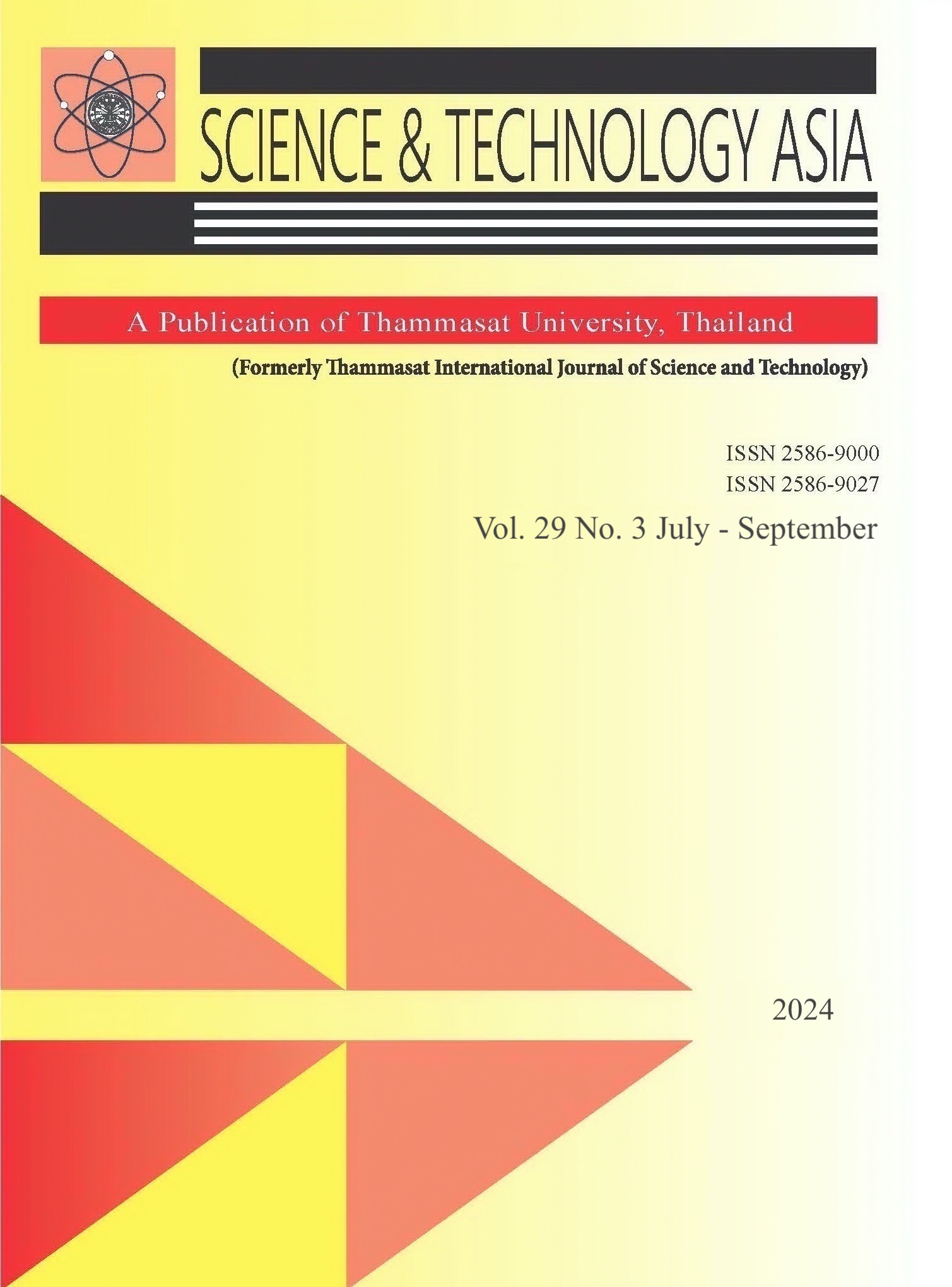Development of a Simple Tool to Enhance Driver Identification in Motorcycle Accidents, Covering both Collision and Non-collision Subtypes
Main Article Content
Abstract
In Lampang province, Thailand, motorcycle-related road traffic collisions are common, and the differentiation between drivers and passengers is crucial for legal proceedings. This study aimed to develop and validate two multivariable predictive models that differentiate between motorcycle drivers and passengers based on demographics and fracture patterns. Retrospective data from patients involved in motorcycle accidents from January 2014 to December 2017 at Lampang Hospital were used to construct models. Model 1 focused on motorcycle collisions with other vehicles, while Model 2 focused on non-collision motorcycle accidents. Predictor selection was done through multivariable logistic regression using a stepwise backward elimination method. A total of 1,816 patients with fractures from motorcycle accidents were included, with 1,583 categorized as drivers and 233 as passengers. The final model identified six significant predictors: age categories, gender, pelvis and lumbar spine fractures, wrist and hand level fractures, femur fractures, and lower leg fractures. Both models demonstrated acceptable discriminative abilities, indicating their potential as userfriendly tools for medical and legal adjudication following motorcycle accidents.
Article Details

This work is licensed under a Creative Commons Attribution-NonCommercial-NoDerivatives 4.0 International License.
References
Accident Data Center of Thailand. Bangkok: Road Accident Victims Protection; c2021. Report on traffic victims across the country. Available from: https://shorturl.asia/Jrnxw
Ruankham W, Noosorn N. Motorcycle accidents in Thailand: Epidemiology perspective. HCUJOURNAL. 2019;23(1):146-60.
Road Accident Victims Protection Act 1992, Pub. L. No. 44/45.
The Medical Council. Nonthaburi: Office of the Permanent Secretary, The Ministry of Public Health; 2012. Notice of The Medical Council: Medical competency assessment criteria for national license 2012; 2012.
Chichom-Mefire A, Atashili J, Tsiagadigui JG, Fon-Awah C, Ngowe-Ngowe M. A prospective pilot cohort analysis of crash characteristics and pattern of injuries in riders and pillion passengers involved in motorcycle crashes in an urban area in Cameroon: lessons for prevention. BMC Public Health. 2015;15:915.
Fitzharris M, Dandona R, Kumar GA, Dandona L. Crash characteristics and patterns of injury among hospitalized motorised two wheeled vehicle users in urban India. BMC Public Health. 2009;9:11.
Kluakamkao G, Jinjiranun T, Komwatcharapong N, Kantiya W, Saentecha K. Differentiation between motorcycle riders and passengers by injury characteristics in Lampang and neighbouring provinces. J Depart Med Serv. 2019;44(1):119-26.
Zhao H, Chen R, Deng G, Yin Z, Yang G, Liu S, et al. Comparison of injuries sustained by drivers and pillion passengers in fatal head on motorcycle collision accidents. Forensic Sci Int. 2011;207(1-3):188-92.
Granieri SS, Reitano EE, Bindi FF, Renzi FF, Sammartano FF, Cimbanassi SS, et al. Motorcycle-related trauma:effects of age and site of injuries on mortality. A singlecenter, retrospective study. World J Emerg Surg. 2020;15(1):18.
Ashie A, Wilhelm A, Carney D, DiPasquale T, Bush C. Comparing fracture patterns of younger versus older riders involved in nonfatal motorcycle accidents. Traffic Inj Prev. 2018;19(7):761-5.
Department of Disease Control, Emergency Medical and Public Health Operations Center. Nonthaburi: Emergency Medical and Public Health Operations Center; n.d. Road accident information program; n.d. Retrieved May 18, 2022.
Enhancing the quality and transparency of health research. Oxford: The Centre for Statistics in Medicine (CSM), NDORMS, University of Oxford; c2022. Transparent reporting of a multivariable prediction model for individual prognosis or diagnosis (TRIPOD): checklist for prediction model validation; 2022.
Riley RD, Snell KI, Ensor J, Burke DL, Harrell Jr FE, Moons KG, et al. Minimum sample size for developing a multivariable prediction model: PART II - binary and time-to-event outcomes. Statistics in Medicine. 2019;38(7):1276-96.
Hosmer DW, Lemeshow S. Applied logistic regression. 2nd ed. New York: Wiley; 2000. pp.156-64.
Peek C, Braver ER, Shen H, Kraus JF. Lower extremity injuries from motorcycle crashes: a common cause of preventable injury. J Trauma. 1994;37(3):358-64.
Lei G, Xian-Long J, Xiao-Yun Z, Jie S, Yi-Jiu C, Jian-Guo C. Study of injuries combining computer simulation in motorcycle-car collision accidents. Forensic Science International. 2008;177(2-3):90-6.
Zou D, Zhang X, Li Z, Sun J, Zhang J, Huang P, et al. Prediction of injury risks and features among scooter riders through MADYMO reconstruction of a scooter-microvan accident: Identifying the driver and passengers. J Forensic Leg Med. 2019;65:15-21.
Blandino A, Travaini G, Rifiorito A, Piga MA, Casali MB. Prediction model for autopsy diagnosis of driver and front passenger in fatal road traffic collisions. Forensic Sci Int. 2021;324:110853.


